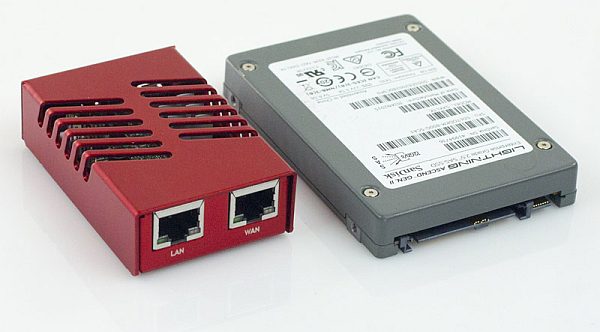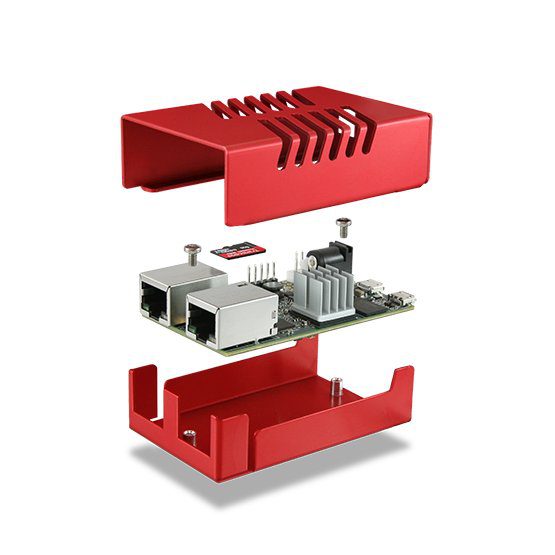pfSense is a free and open-source firewall and router software distribution based on FreeBSD. It is designed to provide a secure and scalable networking solution for small and medium-sized businesses, as well as home networks.
Some of the main features of pfSense include:
- Firewall: pfSense comes equipped with an excellent firewall option that may be used to reject any traffic and secure your community.
- Network Address Translation (NAT): In pfSense, NAT is supported so if you have a single IP address to use with your network, several computers can access the Internet with just one public IP address.
- Load balancing: With pfSense, you can route the network connections so that one can balance the network traffic with another to improve their performance and reliability.
- Virtual Private Network (VPN) support: With pfSense, one can easily configure a VPN connection which allows remote users or other offices to connect to your network securely.
- Quality of Service (QoS): PfSense has embedded features that are used to control and organize network traffic that will be very important in carrying voice and video applications.
- Extensibility: pfSense has the ability to use third-party plugins and packages, so as to cause the system to provide more functionality and features.
- Web-based management interface: In this pfSense package, there is an operational GUI based on the web that can be used to configure and manage the system from any connected device on the network.
How to use Pfsense for Raspberry PI?
To configure pfSense on a Raspberry Pi, you will need to first install the pfSense software on your Raspberry Pi. Here are the steps you can follow to do this:
- Select a pfSense ISO image from the pfSense website obtain this file and move it to the Raspberry Pi.
- Take a microSD card and since you won’t be able to put in the OS directly to the card, use Etcher to burn the pfSense image file to your microSD card.
- Place the microSD card into Raspberry Pi and then connect it to the internet through an Ethernet cable.
- Turn on the Raspberry Pi and wait for the installation process of the pfSense on it to be accomplished. The financing may take a few minutes.
- After installation is done you can access the pfSense web interface by opening the web browser and typing in the IP address of the Raspberry Pi. The default credentials for login as the
- administrative users are the login and password both equaled “admin”.
- Set up the pfSense in its web interface following the instructions displayed on the screen as a guide. This may involve establishing firewalls, managing NAT as well as creating a VPN connection.However, it has to be noted that the pfSense in this case may not run optimally because the Raspberry Pi lacks processing power and memory as compared to modern computers. You might have to modify your rules as presented in the above pfSense setup depending on the load that is running on your system.


